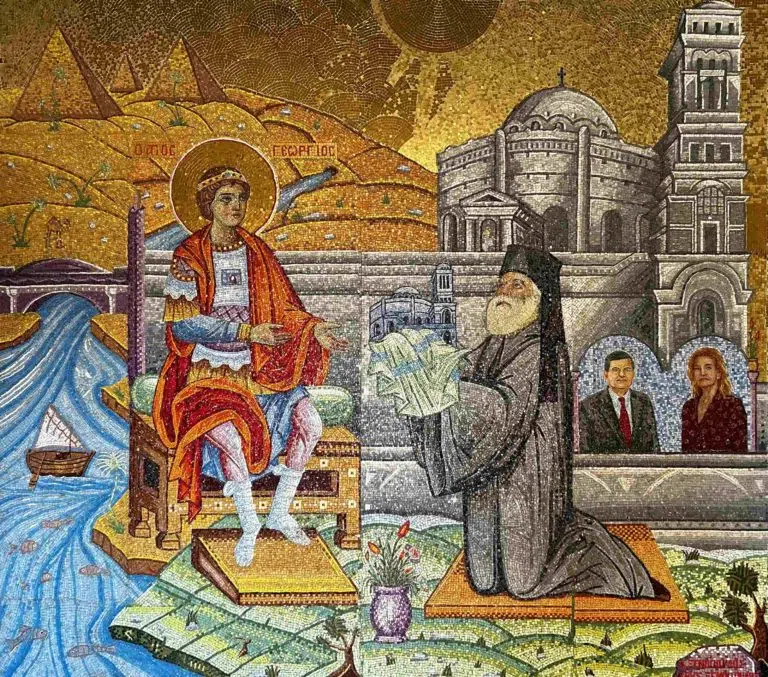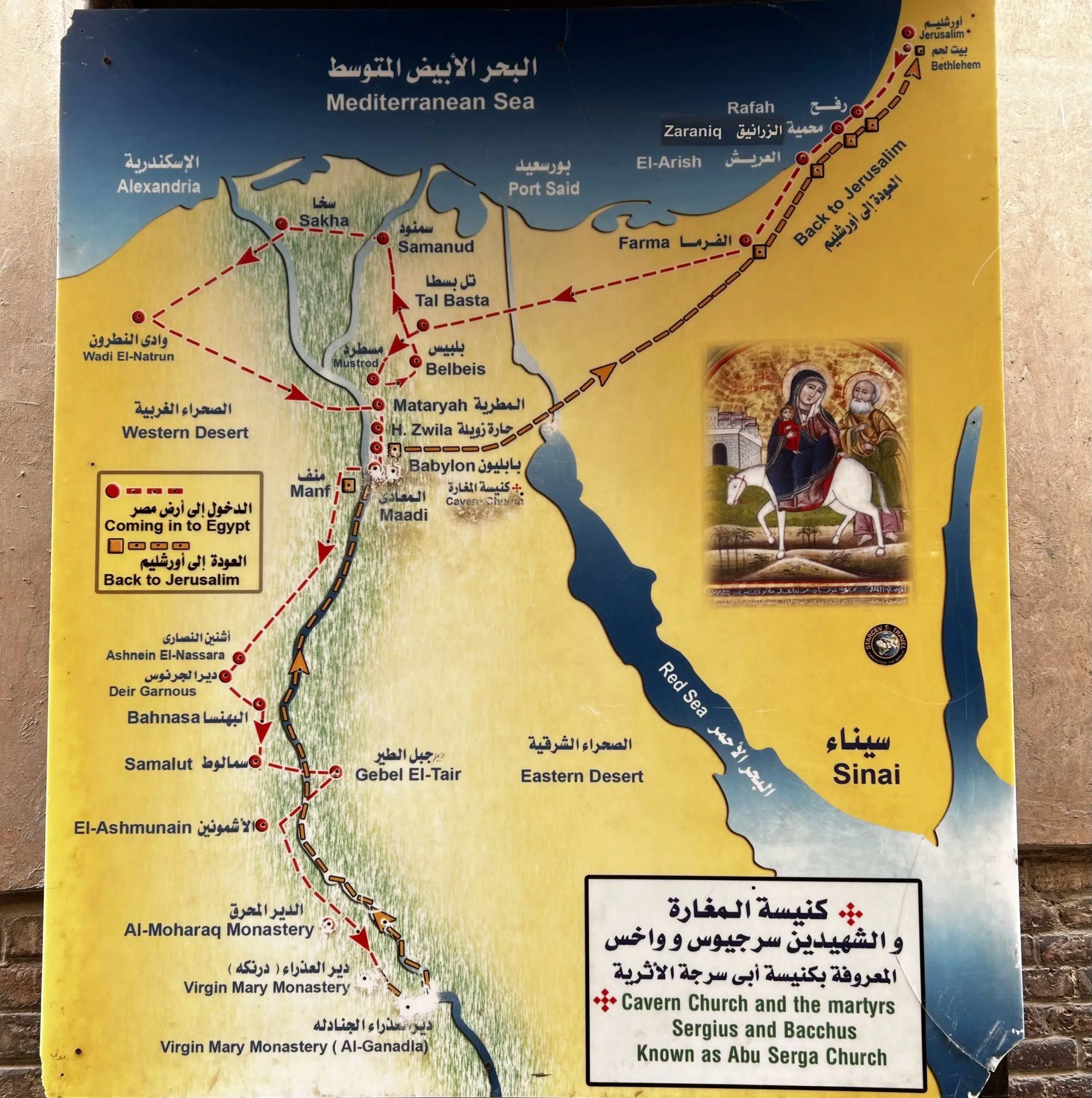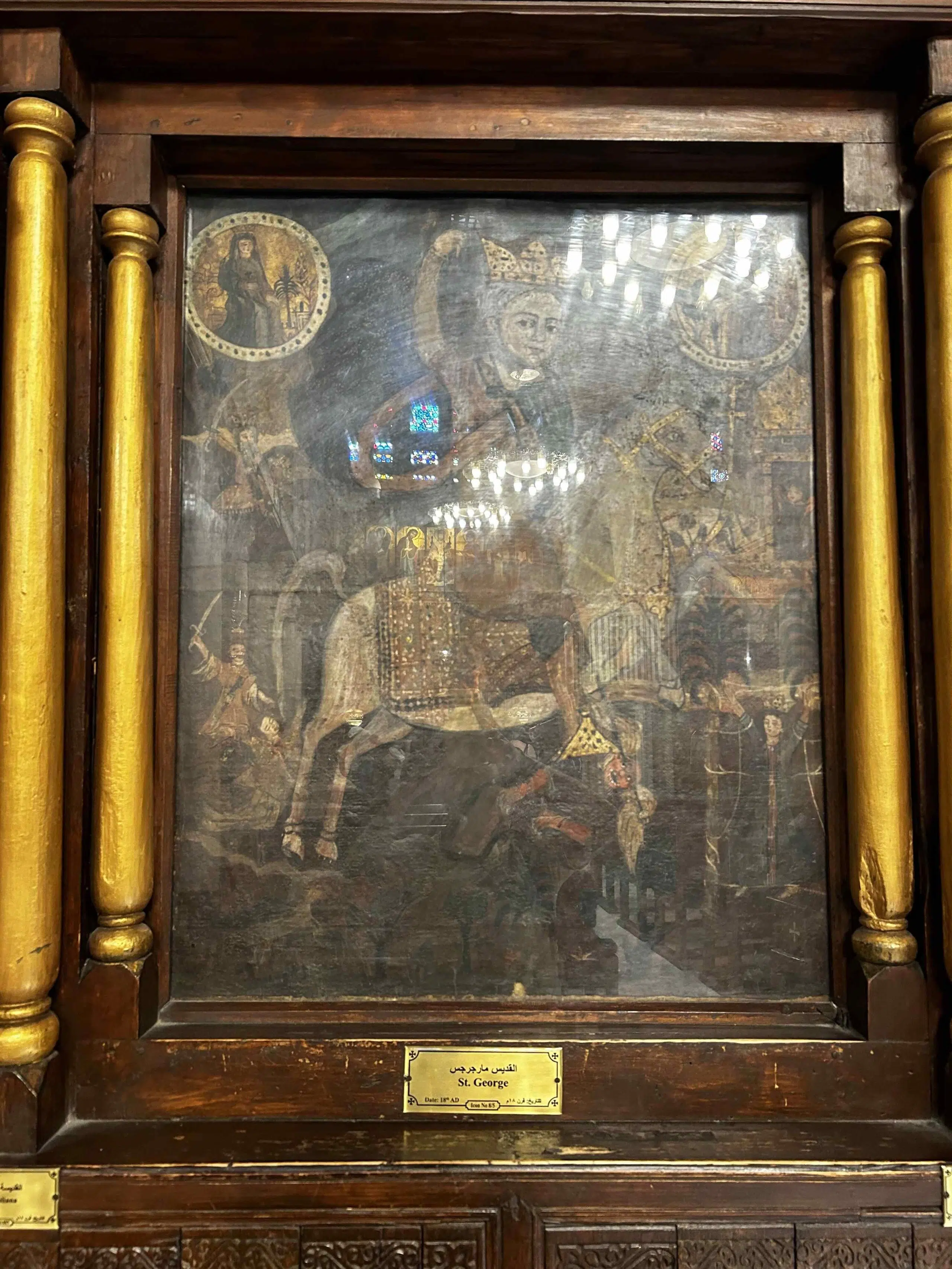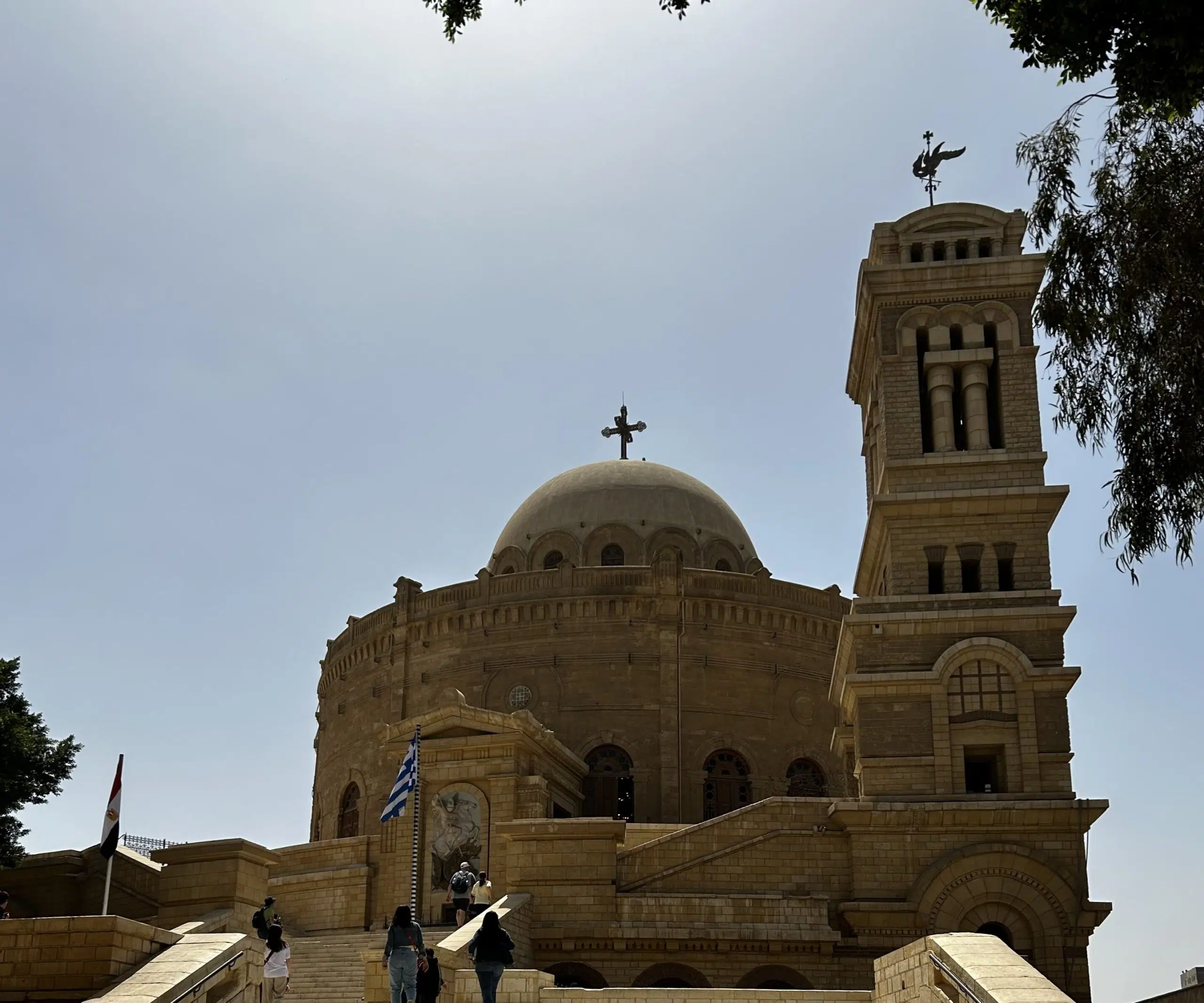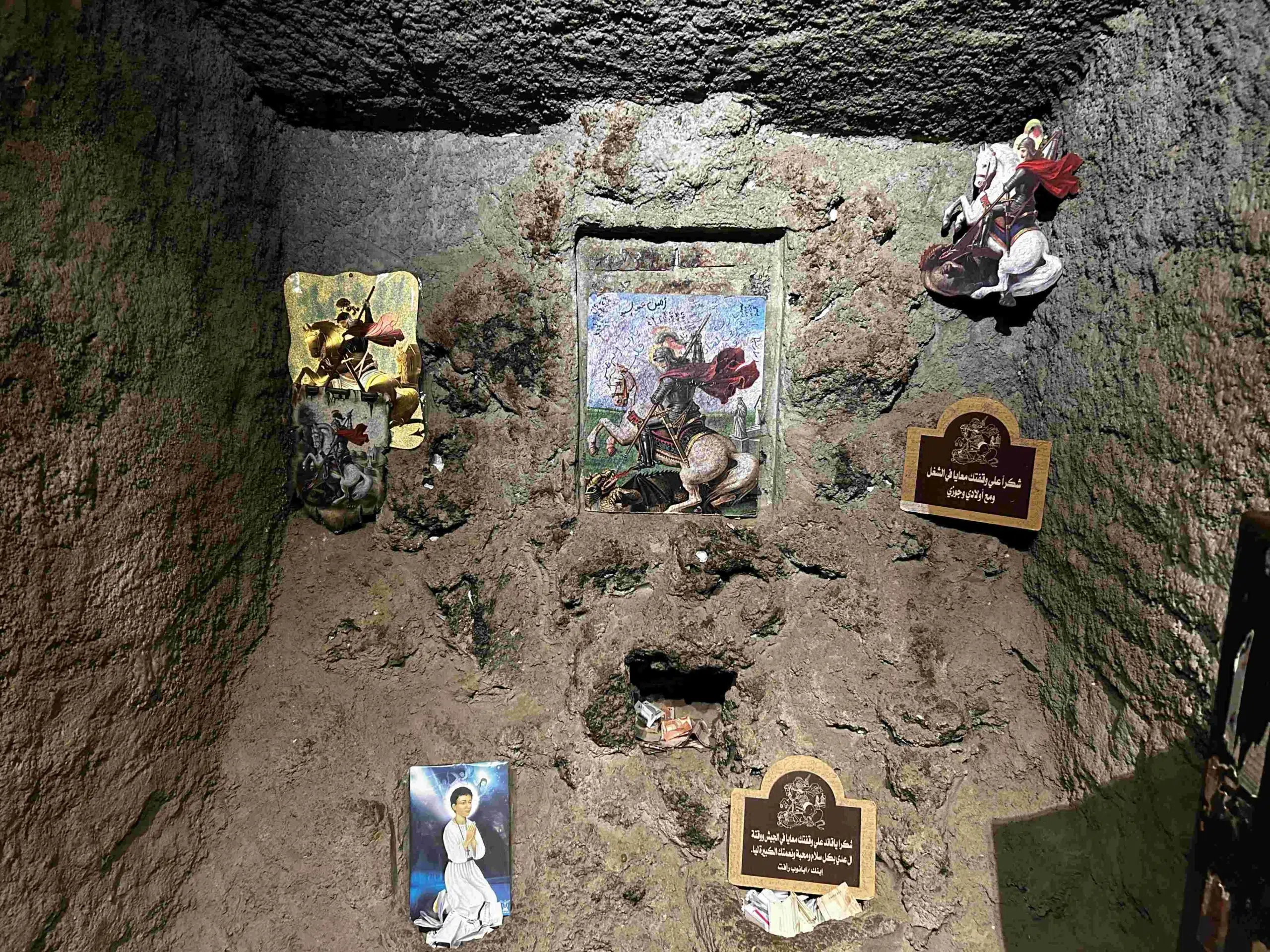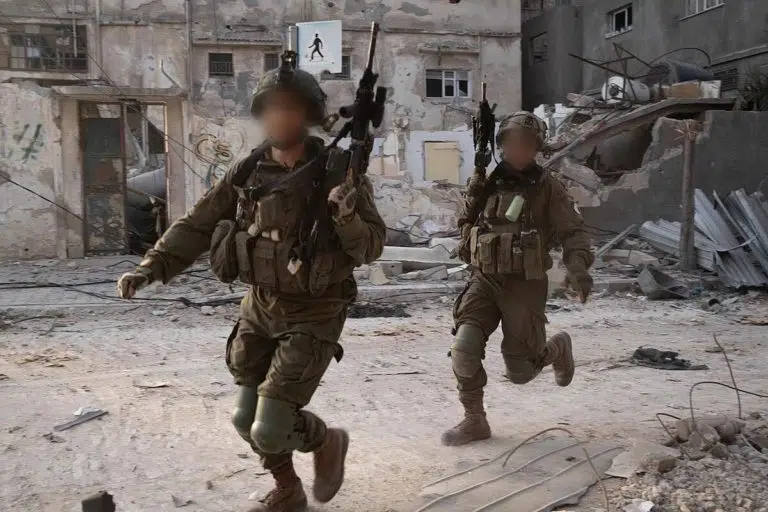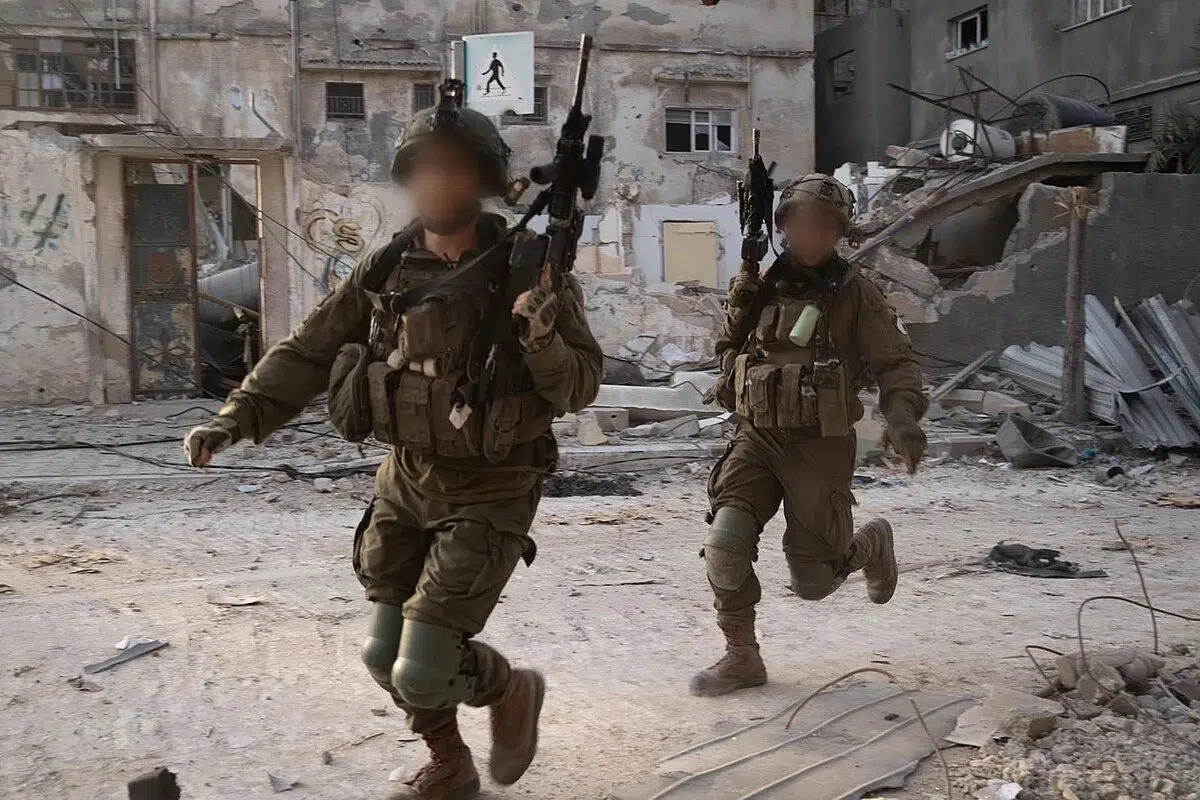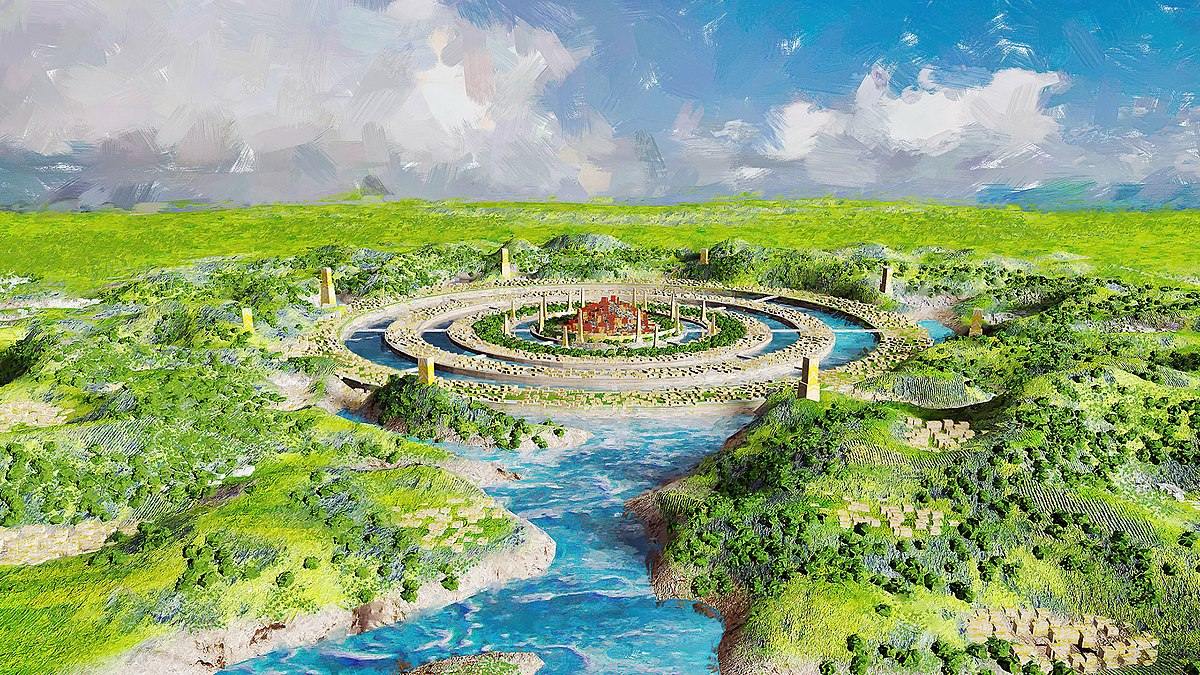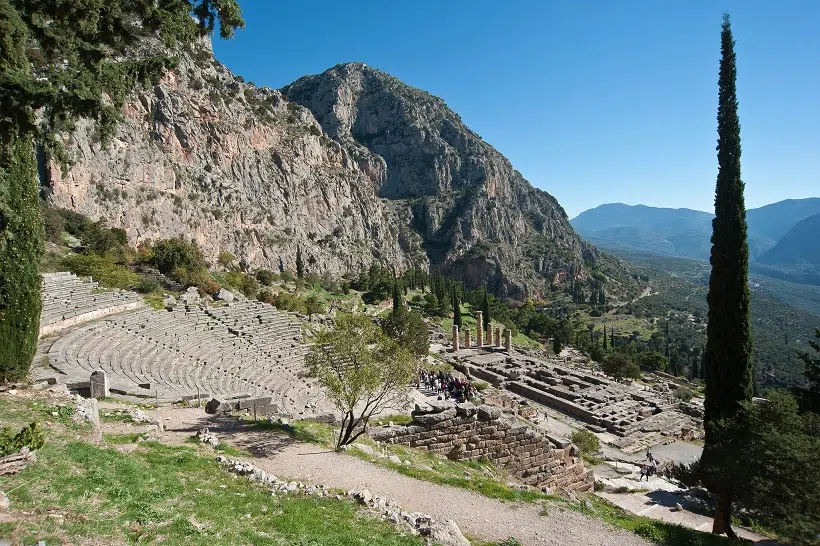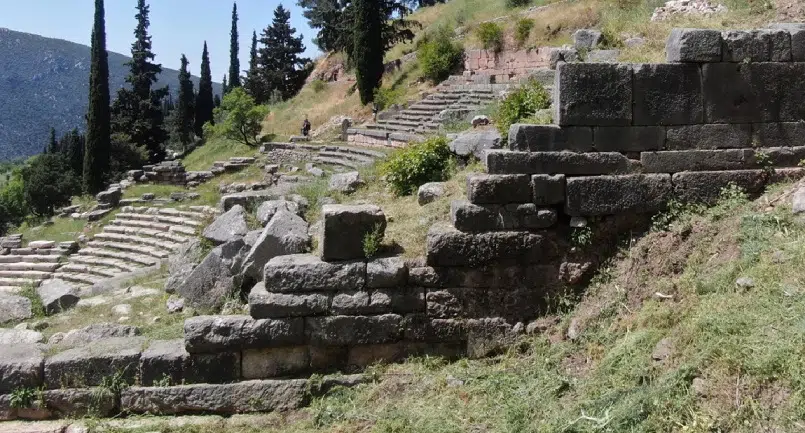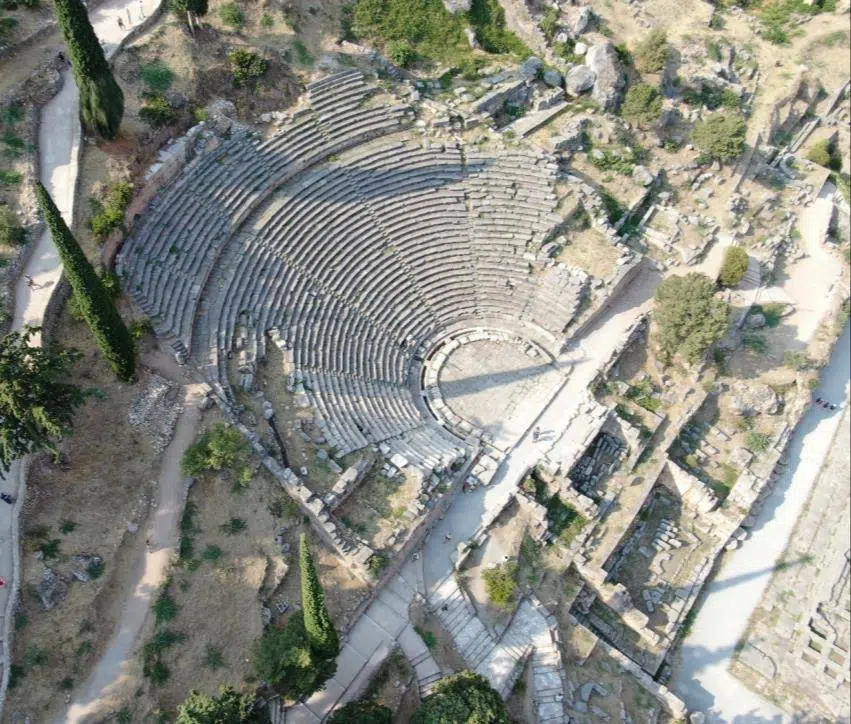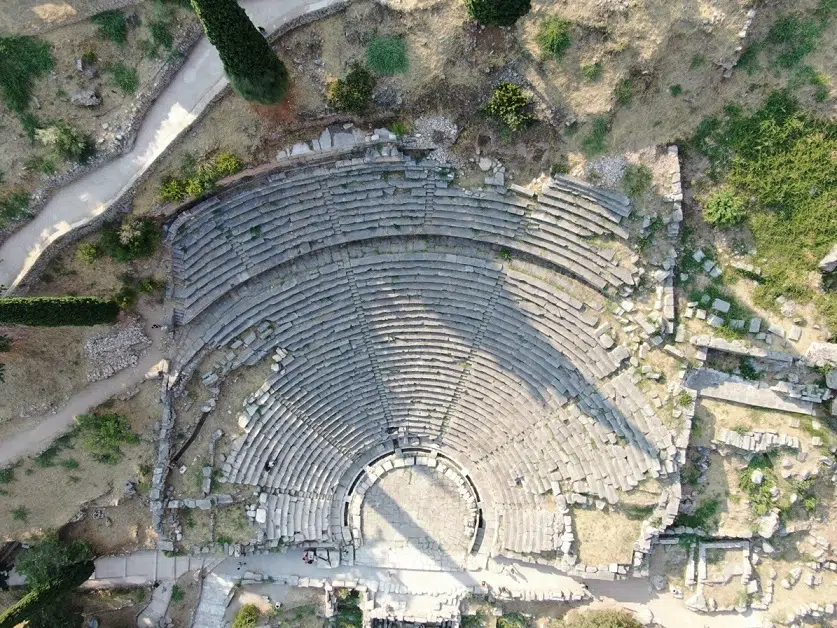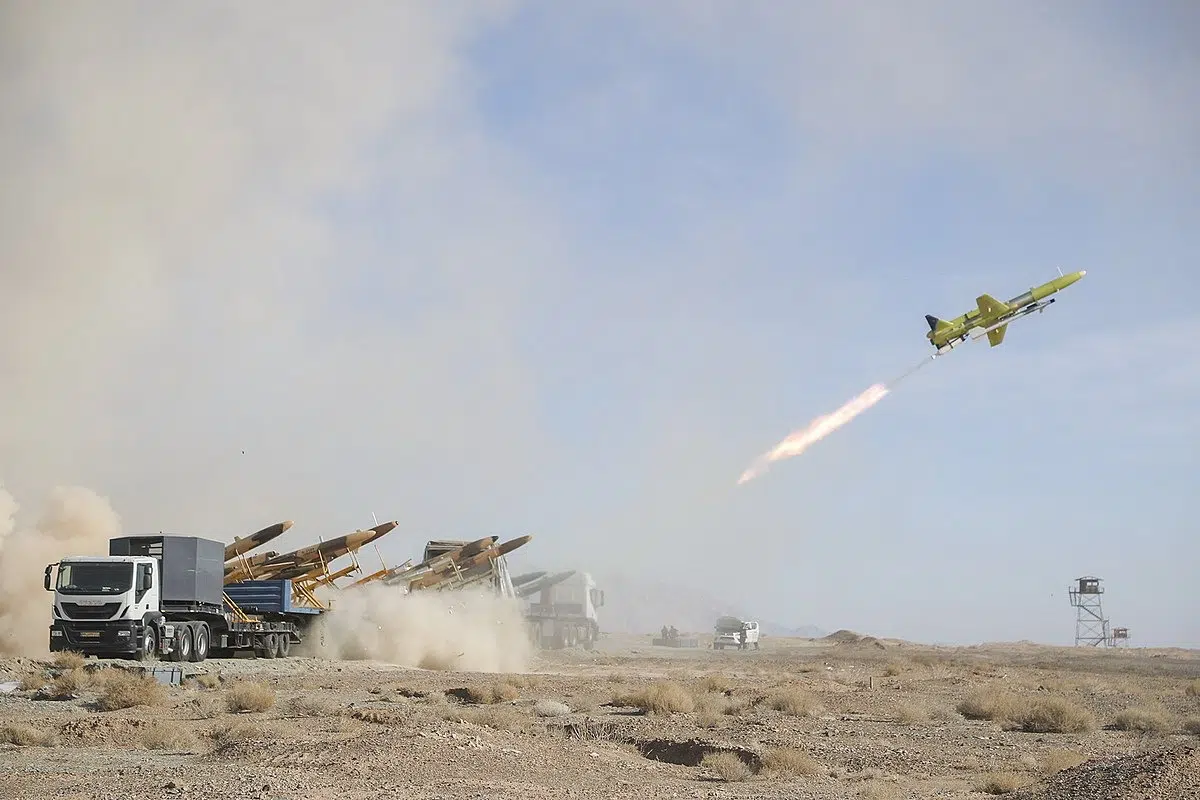
Iran has launched an attack on Israel with dozens of drones and cruise missiles, sources from both countries stated on Saturday evening, European time.
The drones are expected to reach Israel at around 2:00 a.m. local time. Hence, the airspace will close at half past midnight, Israel’s transportation ministry said.
“Iran launched UAVs from within its territory toward Israel a short while ago,” the Israel Defense Forces (IDF) confirmed on X (formerly Twitter).
“The IDF is on high alert and is constantly monitoring the operational situation. The IDF Aerial Defense Array is on high alert, along with IAF fighter jets and Israeli Navy vessels that are on a defense mission in Israeli air and naval space,” the announcement added.
Iranian state media said the attack was in retaliation for a suspected Israeli strike on the Iranian consulate in Damascus, Syria, on April 1st, which killed a top Islamic Revolutionary Guards general and six other Guard officers.
As soon as the attack from Iran was confirmed, Israel’s Prime Minister Benjamin Netanyahu addressed the nation in a televised message, while the IDF’s Rear Admiral Daniel Hagari called on Israeli citizens to “remain calm and collected” as they “have been so far.”
BREAKING: Iran has launched "pilotless aircraft" at Israel, the Israeli military has said.
The IDF's Rear Admiral Daniel Hagari speaks at a press conference. https://t.co/jfztEpPkqo
📺 Sky 501 pic.twitter.com/b6hcY2f6ay
— Sky News (@SkyNews) April 13, 2024
International reactions to Iran-Israel tension
Earlier on Saturday, Iran’s Revolutionary Guards captured an Israeli-linked cargo ship in international waters in the Strait of Hormuz, hours after US President Biden had said he expected an Iranian attack against Israel “sooner rather than later.”
Gatherings and educational activities planned for the coming days were called off in Israel, and beaches were closed to the public while the armed forces were placed on high alert.
The White House urged Iran to release the vessel and its 25-member crew while President Biden rushed back to Washington from Delaware to consult his national security team.
White House National Security Advisor Jake Sullivan later posted that he had reiterated “the United States’ ironclad commitment to the security of Israel” during a call with his Israeli counterpart Hanegbi.
President Biden is expected to address the nation from the Oval Office. In the meantime, Iraq and Jordan are also reportedly preparing to close their airspace as a precautionary measure.
Concerns for spreading conflict in the Middle East
Since Israel launched military operations in Gaza as a response to terrorist attacks conducted by Hamas on October 7th, defense and international affairs analysts have been worried about the latest round of the Israel-Palestine conflict spreading to the wider region.
Several regional actors, including neighboring Egypt and Jordan, which are the most concerned about a mass exodus of Palestinian refugees into their countries, are impacted by the fighting in Gaza. The governments of Lebanon, Syria, and Iraq are likewise nervously looking on.
Iran was seen by analysts as the most consequential potential participant in any regional widening of the conflict due to a blend of factors, including Iran’s strong rhetoric in support of the Palestinian cause, its long-term rivalry with Israel and the US, and an extensive network of proxy militias operating in the region.
This is a developing story.





